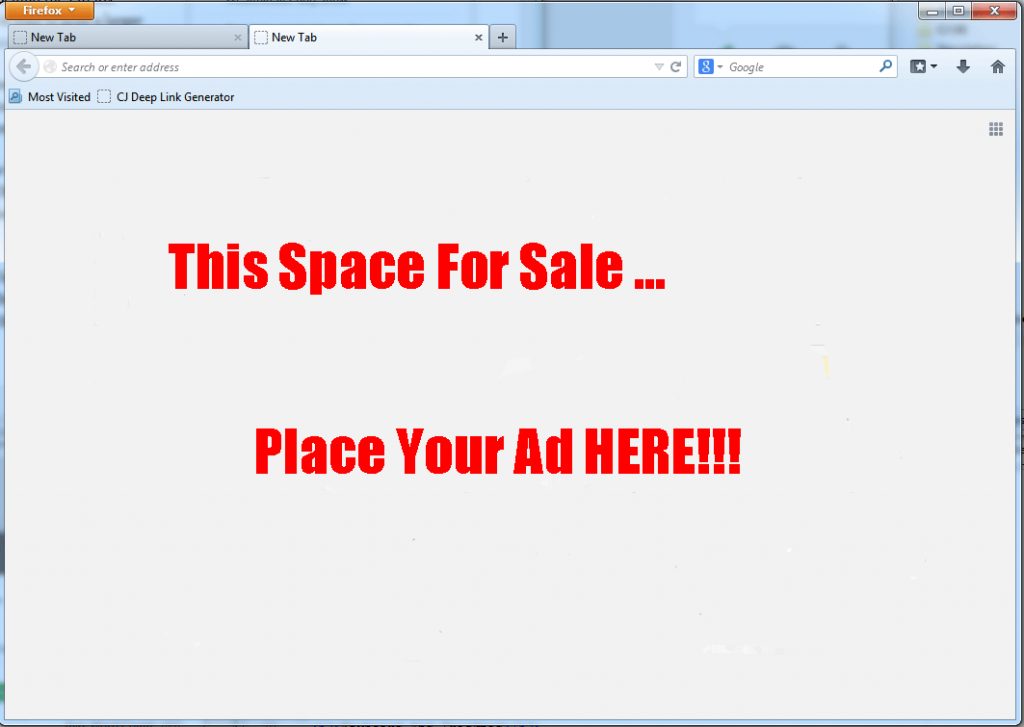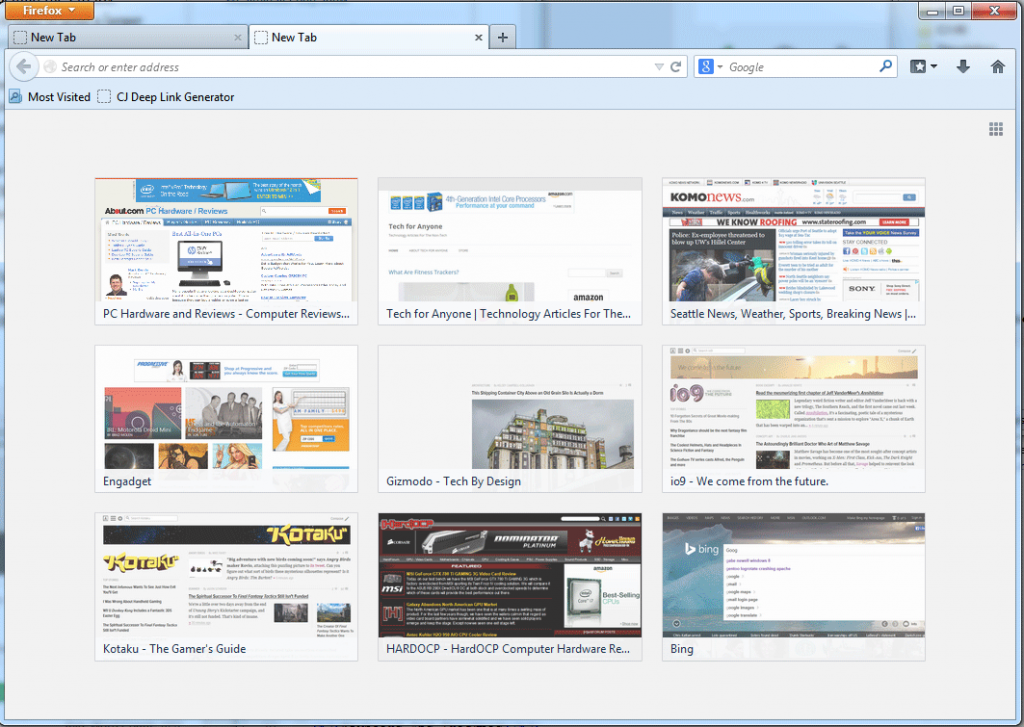 Recently, Mozilla announced that they would be placing ads in their Firefox browser. This has caused much concern by consumers because Firefox was known adding features to help block ads from displaying on pages and proposing to block third party cookies used by many advertising services by default. So just how is Mozilla planning to put ads in your browser and just how much impact will it have both to consumers and advertisers?
Recently, Mozilla announced that they would be placing ads in their Firefox browser. This has caused much concern by consumers because Firefox was known adding features to help block ads from displaying on pages and proposing to block third party cookies used by many advertising services by default. So just how is Mozilla planning to put ads in your browser and just how much impact will it have both to consumers and advertisers?
Where Will the Ads Be Displayed?
Not much detail has been given yet by Mozilla on the new advertising proposal. At this point, they have only stated that the ads will not be displayed inline with browser content but instead in the Directory Tiles screen. For those not familiar, the Directory Tiles is a set of up to nine snapshots of frequently visited websites that will display when the user opens a new tab in the Firefox browser. Currently it looks something like this:
What Will Be Displayed There
Mozilla gave a brief description of what they intend to place into the Directory Tile locations in their blog announcing this new program:
Directory Tiles will instead suggest pre-packaged content for first-time users. Some of these tile placements will be from the Mozilla ecosystem, some will be popular websites in a given geographic location, and some will be sponsored content from hand-picked partners to help support Mozilla’s pursuit of our mission. The sponsored tiles will be clearly labeled as such, while still leading to content we think users will enjoy.
So in essence they plan to place sites that are popular along with sponsored content. This will in essence be sites that companies pay to get placement on this screen. They also mentioned new users that have not had the Directory Tiles already populated. This may mean that frequent Firefox users may never see the sponsored or popular content tiles at all.
Will Mozilla Be Tracking Users Under This?
Based on what they have mentioned at this point, it does not appear that Mozilla will be using any tracking via cookies or similar methods on users. Having said that, there is nothing from stopping the company from designing the browser from reporting what pages the user views to their services and populating the Directory Tiles based on that information. In addition, they did mention that they would be providing some based on geography. This will probably be done through geolocation based upon the IP of the computer or device running the Firefox browser.
Will This Be Effective for Advertisers?
Based on how little many users actually see the Directory Tiles in the Firefox browser, the effectiveness of selling sponsored content on this page seem extremely limited. I’ve been a Firefox users for years and frequently use tabs. I never use the Directory Tiles to view pages as I generally just type in the pages I frequent and use the autocomplete rather than using the mouse to click on an image. Since the sponsored pages in the tiles will only be a single entry among nine, it will be highly unlikely that advertisers will find a very high click through rate for what is displayed.
I think the real reason that Mozilla picked the Directory Tiles for this program is because they are fairly unnoticed by users. If they made the advertising very prominent such that it was more disruptive, it would cause many current users to elect to switch to another browser.
What Can Users Do?
Until Mozilla actually released the full details about how they will be placing the sponsored content, there isn’t much to be known. It may be that they add an option that can turn this feature off. It may also be that users who have Firefox already set to do not track may not see the sponsored content although that is probably doubtful. The easiest way to get around the problem is of course switching to another browser. Windows users have the option of using Internet Explorer that is built into their OS while Apple users can elect to use Safari. In addition to this, there are other browsers such as Chrome and Opera that are available on both platforms.

